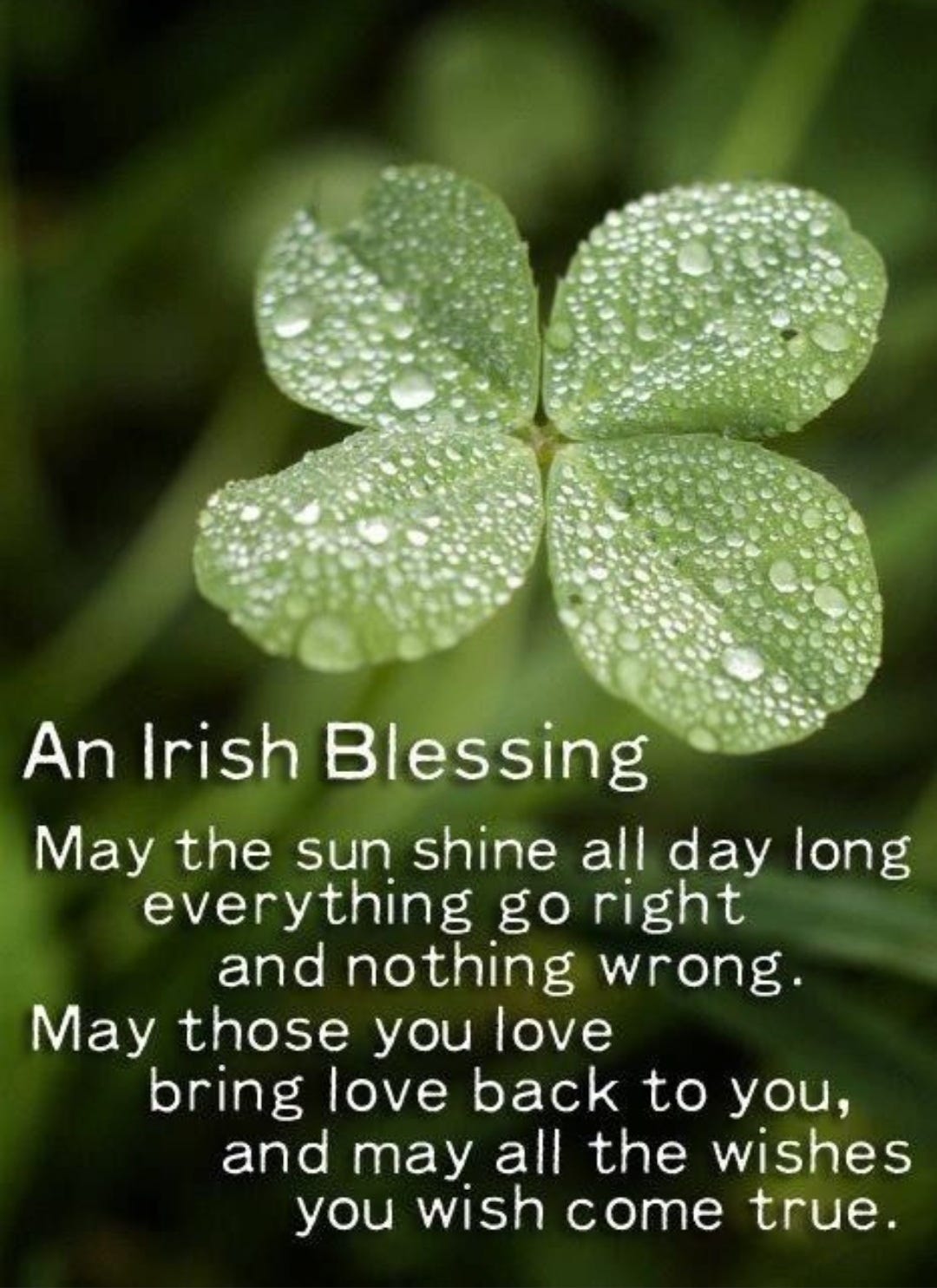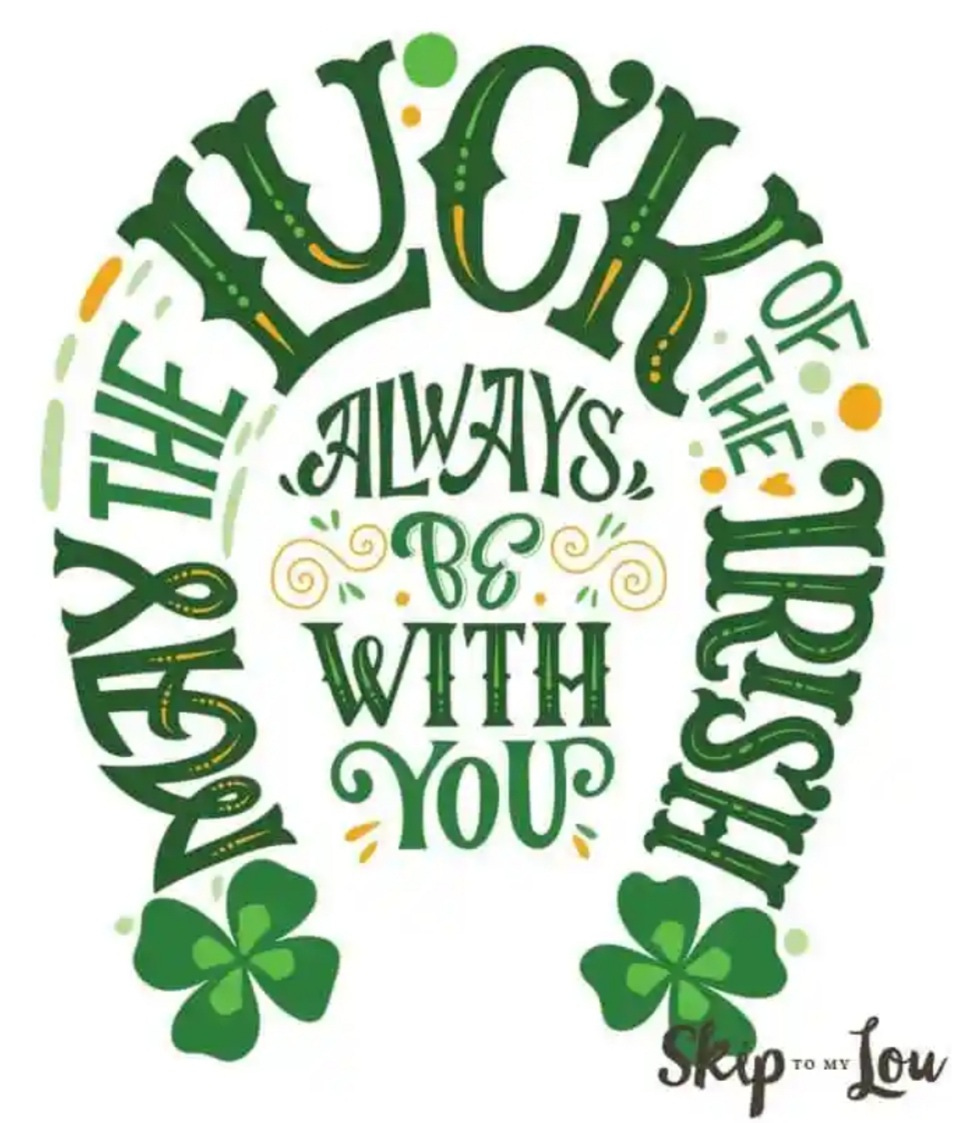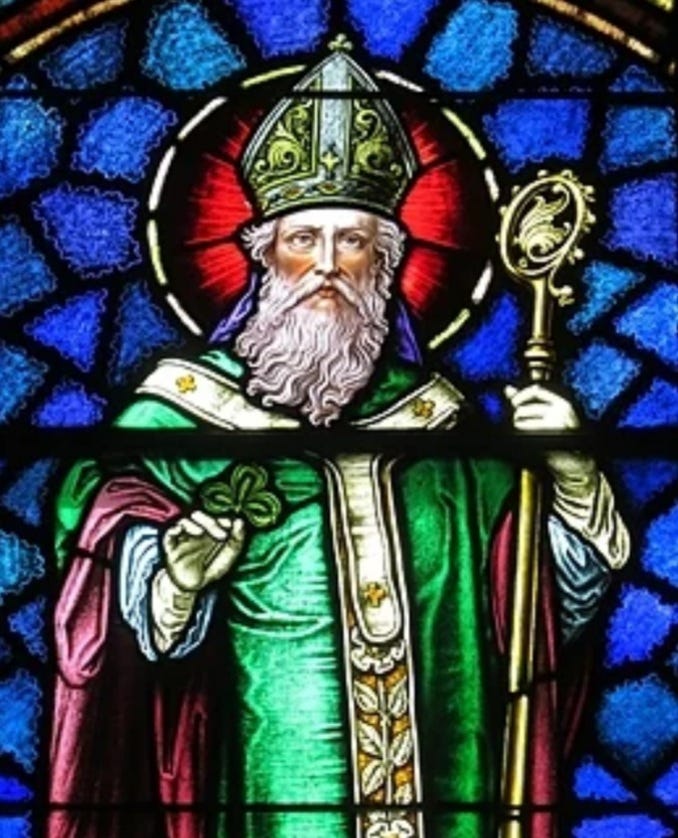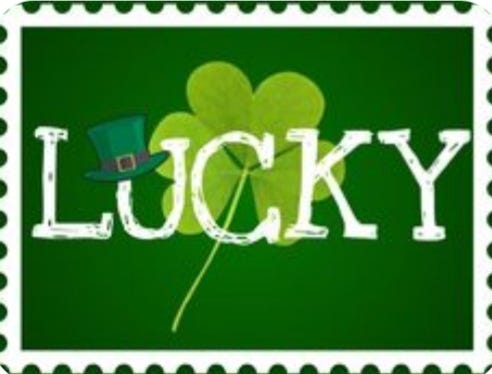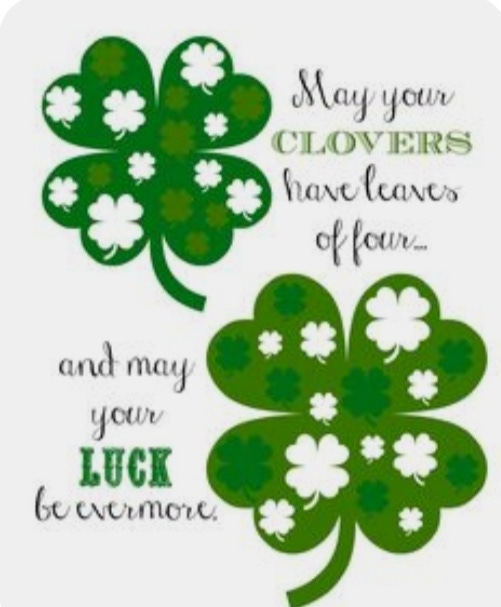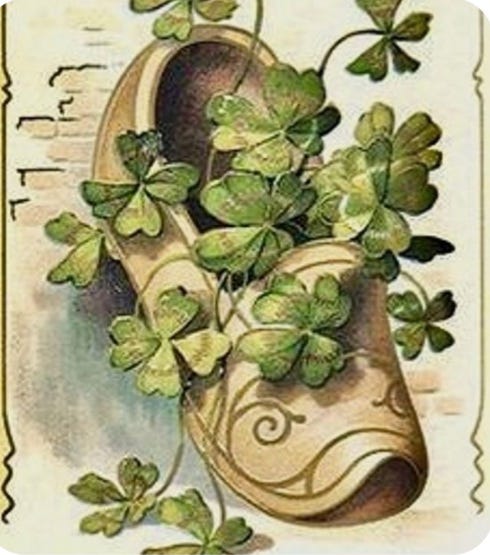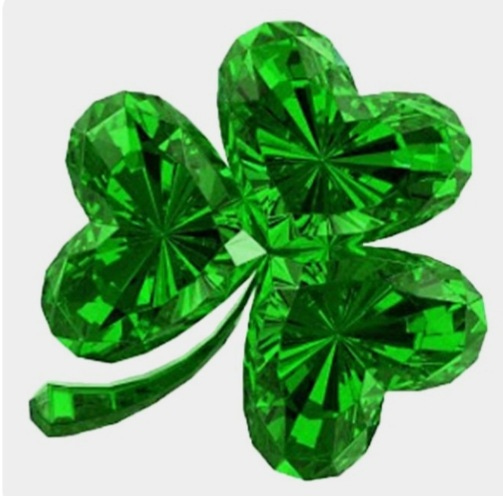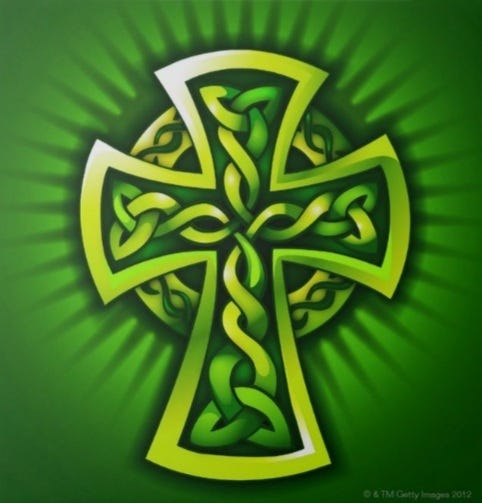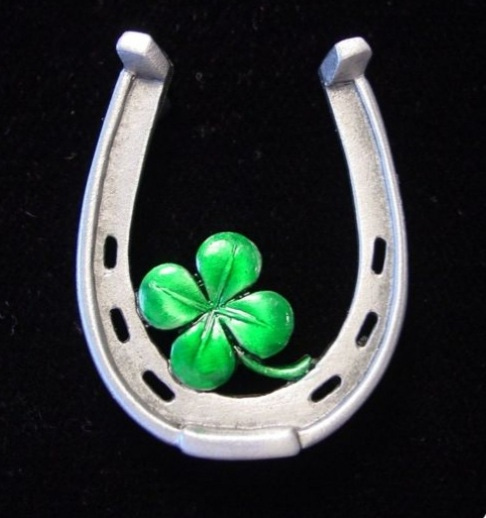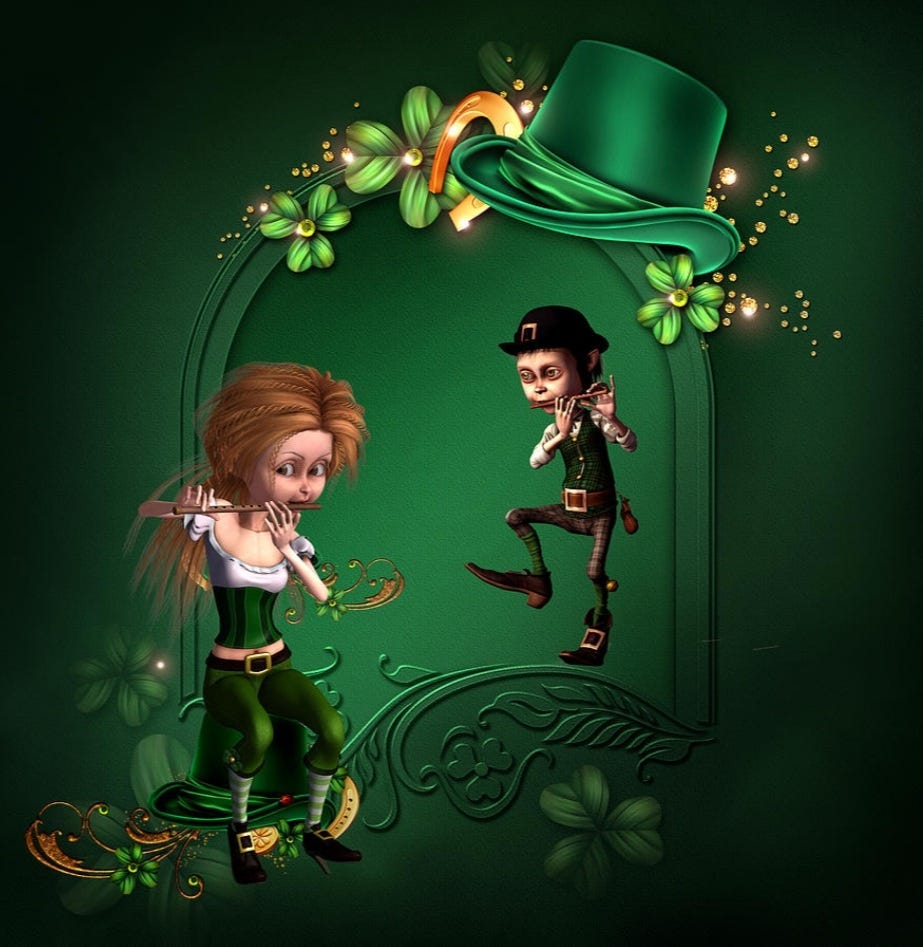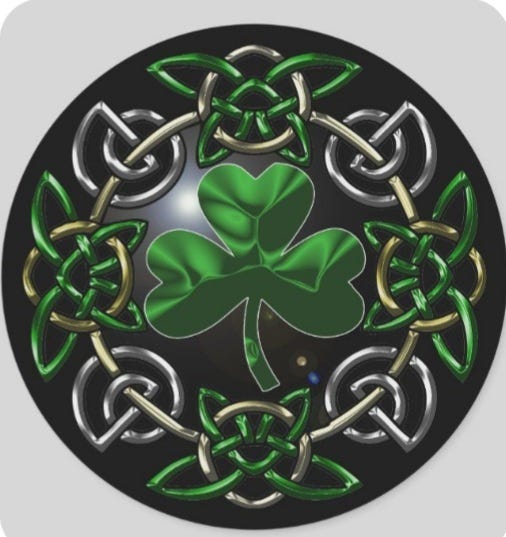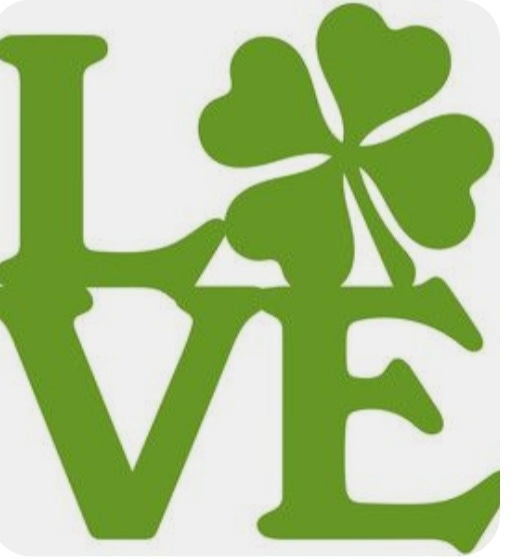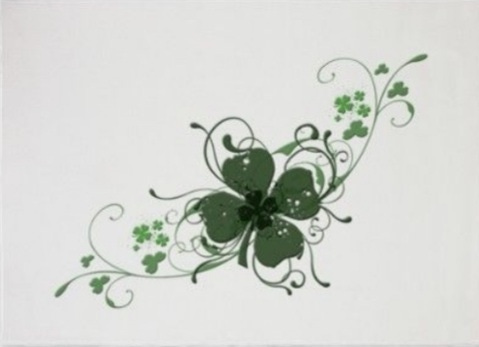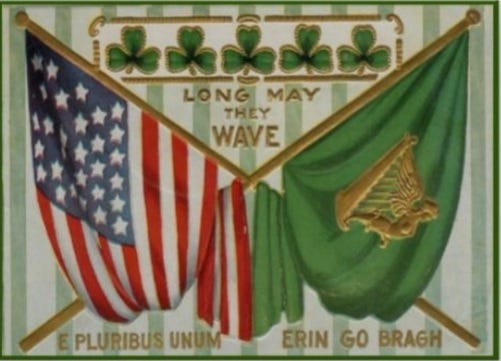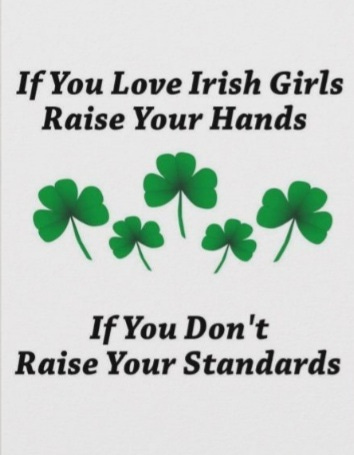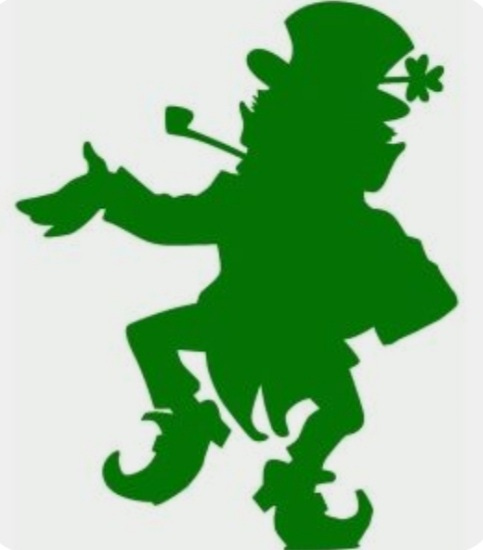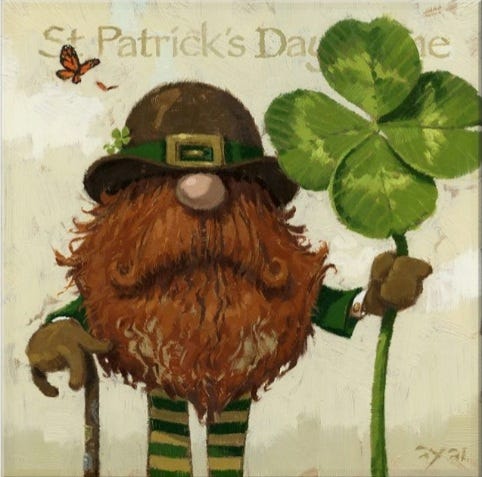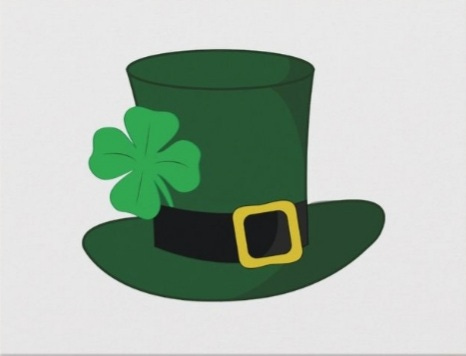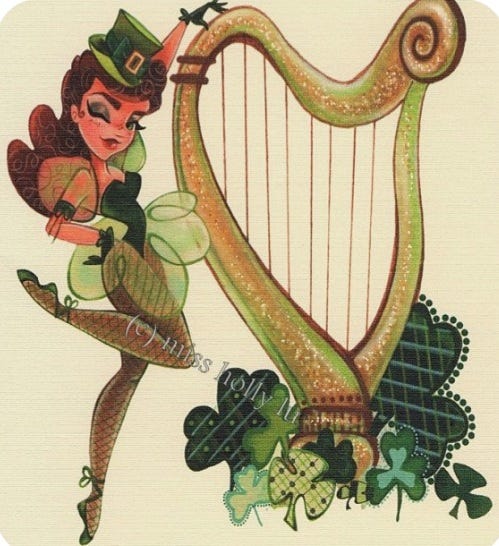History of Saint Patrick's Day
Once upon a time, there was little girl — probably six or seven — who dreamed of an emerald isle. She had never been there but, she’d seen pictures. Sometimes, she felt like she belonged there and nowhere else; this land unknown. It didn’t make sense to be homesick for a place she’d never been. From that time on, it became a dream to visit Ireland someday. A few years ago, she took a DNA test and found out she was 29% Irish. That could explain the mysterious pull to Ireland. Thirty-something years later, she has still never been but, now she writes about it.
Mystery is a cloud that covers over Saint Patrick’s life. Most of what is known about him was written by him in his Declaration. He wrote the document in Latin and signed it Patricius.
He was believed to be born in Roman Britain in the 4th century, into a wealthy Romano-British family. He was given the name Maewyn Succat. His father was a deacon and his grandfather, a priest, in the Christian church. In the 5th century, Saint Patrick became a Romano-British Christian missionary and Bishop in Ireland.
Maybe not so lucky…. At the age of sixteen, he was kidnapped by slave traders and taken to Gaelic Ireland. Thousands had been captured along with Patrick. He spent six years working in County Antrim as a shepherd and pig boy. In Declaration he wrote that he had deserved to be captured because of his lack of faith in God. That led him to pray many times throughout the day, which helped strengthen his faith and commitment to it. He claims that God told him to flee to the coast and take the waiting ship home. He escaped to East Ireland and spent the journey home preaching to the crew. Once home, he was visited by an angel with a message to return to Ireland to save them. He reported that the angel said, “We beg you, Holy Boy, to come and walk again among us.” He studied and became a priest, then went to evangelize in the northern half of Ireland, converting thousands.
According to tradition, Saint Patrick died on March 17th. Over the centuries, many legends sprung up about him and he became the foremost saint in Ireland. Patrick had believed that his missionary work was penance for something he did when he was younger, due to the fact that he was often being punished for spreading God’s Word up and down Ireland. He never established what his deed had been, but he revealed that the other bishops knew. “They brought up against me after thirty years something I had already confessed…some things I had done one day — rather, in one hour, when I was young.” This highlights: even saints aren’t perfect!
Ireland has celebrated Saint Patrick’s Day since the 1600s but, the tradition of parades originated in the United States. Parades to honor him officially began in North America in the 18th century. Yet, there is one recorded parade on March 17, 1601, that took place in what is now known as St. Augustine, Florida.
They evolved over time, turning into something more akin to carnivals. However, the first official Irish state-sponsored Saint Patrick’s Day parade wasn’t held until 1931. It took place in Dublin.
Since 2010, famous Irish landmarks have been lit up in green as part of Tourism Ireland’s “Going Green for Saint Patrick’s Day”. Over 300 other countries have joined in going green; notably, Sydney Opera House and Sky Tower in Auckland have participated.
“Drowning the Shamrock” is a popular tradition at the end of celebrations commemorating the day. A shamrock is put into the bottom of a glass, filled with whiskey, beer, or cider, and drunk as a toast to those present, Saint Patrick, and Ireland. The shamrock can then either be swallowed or taken out and thrown over the shoulder for good luck. Sometimes, the beer is dyed green.
Saint Patrick allegedly used a three-leaf clover to explain the Holy Trinity to the Irish people. Some believe this is why green is worn “for luck” on Saint Patrick’s Day, though there is no real evidence to this notion. In fact, Saint Patrick himself never wore green. He actually wore blue. Nonetheless, green has been associated with Ireland for centuries. It was described as “the Emerald Isle” in print for the first time in 1795 in a poem, “When Erin First Rose.” The phrase, “wearing of the green” comes from a song of the same name about United Irishmen supporters being persecuted for wearing green.
Until the 1700s, Saint Patrick’s Day was only observed with a feast by the Roman Catholic Church. Congregants would spend the day at church or at home in quiet reflection and somber prayer. Over time, Saint Patrick’s Day was redirected away from such religious rituals. Since Saint Patrick’s Day falls during Lent, the general consensus is that one can indulge in alcohol on that day and then resume with Lenten fasts on March 18th, until Easter.
In 1903, Saint Patrick’s Day became an official public holiday in Ireland and children get the day off school. However, Northern Ireland’s unionist government does not observe it.
In the mid-1990s, the Republic of Ireland government began a campaign to utilize Saint Patrick’s Day to showcase Irish culture. They set up a group called Saint Patrick’s Festival with the following aims: *To offer a national festival that ranks amongst all of the greatest celebrations in the world *To create energy and excitement throughout Ireland via innovation, creativity, grassroots involvement, and marketing activity *To provide the opportunity and motivation for people of Irish descent (and those who sometimes wish they were Irish — that’s me! :) ) to attend and join in the imaginative and expressive celebrations. *To project, internationally, an accurate image of Ireland as a creative, professional, and sophisticated country with wide appeal. The first festival was held on March 17, 1996. In 1997, it became a three-day event; by 2000, it was a four-day event. In 2006, it became a five-day event, and in 2009, more than 675,000 people attended the parade. The 2009 events also saw concerts, outdoor theatre performances, and fireworks.
Dublin, Cork, Belfast, Derry, Galway, Kilkenny, Limerick, Waterford, and many other cities, towns, and villages in Ireland hold their own parades and festivals. Saint Patrick is said to be buried in Down Patrick, County Down, and it hosts the biggest celebration.
Christian denominations in Great Britain, along with The Church of England, and the Roman Catholic Church, still observe the feast in honor of Saint Patrick. Birmingham holds the largest Saint Patrick’s Day parade in Britain by being a two mile (3 km) route through the city centre. Liverpool has the highest proportion of residents with Irish ancestry in England. It has a long-standing celebration on Saint Patrick’s Day with music, cultural events, and a parade. Manchester holds a two-week Irish festival during the weeks leading up to Saint Patrick’s Day. It includes an Irish Market based at the city hall, where the Irish tricolor flag flies opposite the Union flag. There is also a large parade, as well as cultural and learning events.
In Malta, Saint Patrick’s Day is mainly celebrated in Spinola Bay and Paceville areas of St. Julian’s, as well as Floriana and other locations. The Maltese celebrations are mainly about drinking beer rather than Irish culture.
Coatbridge in Scotland has a population of mainly Irish descendants. It holds a Saint Patrick’s Day celebration, which includes a parade.
Switzerland also celebrates Saint Patrick’s Day. However, Zurich’s Kreis 4 is known to have their Swiss students organize celebrations on Saint Patrick’s Eve, in their own living spaces. Guests typically provide beverages and dress in green.
While Lithuania doesn’t celebrate Saint Patrick’s Day, it does dye the Vilna River green every year on the day.
Saint John, New Brunswick, Canada, celebrates Saint Patrick’s Day for a week. Manitoba celebrates with a three-day long festival of music and Irish culture.
Saint Patrick’s Day is honored in Mexico with the Saint Patrick’s Batallion.
Not a legal holiday in the United States, it is nationally recognized and celebrates Irish and Irish-American culture. There are displays of the color green, religious observances, numerous parades, and plenty of alcohol consumption. Irish immigrants brought Saint Patrick’s Day celebrations to the United States. In Ireland, they had a type of bacon or ham to celebrate the day. However, the closest the new immigrants could find in New York City’s Lower East Side was corned beef from their Jewish neighbors, thus starting the tradition of corned beef and cabbage.
Boston held its first Saint Patrick’s Day parade in 1737; New York, 1762. Chicago started coloring its river green in 1962.
Neither is Saint Patrick’s Day a national holiday in Australia but, it is celebrated every year.
Saint Patrick’s Day celebrations have been criticized for public drunkenness, disorderly conduct, as well as becoming too tacky and commercialized. The original intent of honoring Saint Patrick seems to have been lost over time. Other criticism has included describing celebrations outside of Ireland as “Plastic Paddyness”; foreigners demeaning Irish culture, falsely claiming Irish identity, and enacting Irish stereotypes.
Red-haired and clad in green, leprechauns are commonly associated with Saint Patrick’s Day. The original Irish name for these folklore figures is “lobaircin”, meaning ‘small-bodied fellow’. They stem from the Celtic belief in fairies; tiny men and women who use their magical powers for good or bad. The leprechauns were cranky souls tasked with mending the fairies’ shoes.
The Irish were not always welcomed in America. A potato-blight in 1845 caused a widespread hunger throughout Ireland. One million perished and two million were forced to abandon their land. Most of those — nearly one-quarter of the nation — went to the United States. The move “Far and Away” (one of my all-time favorites!) depicts this. However, the new U.S. immigrants were looked down upon as disease-ridden, unskilled, and a drain on the welfare budget.
*The Leicester Schools Rugby Senior Cup, Munster Schools Rugby Senior Cup, and Ulster Schools Rugby Senior Cup are held on Saint Patrick’s Day. Connacht Schools Rugby Senior Cup is held the weekend before. *Horse racing at the Cheltenham Festival attracts a large number of Irish people; both residents of Britain and many who travel from Ireland. It usually coincides with Saint Patrick’s Day. *Major professional sports leagues in the United States and Canada that play during March have a special third jersey to acknowledge Saint Patrick’s Day. The Buffalo Sabres have worn special Irish-themed practice jerseys and the Toronto Maple Leafs wear Toronto Saint Patrick’s throwbacks. Other teams with special jerseys include the New York Knicks, Toronto Raptors, and most Major League Baseball teams. The New Jersey Devils have been known to wear their green-and-red throwback jerseys on or around Saint Patrick’s Day.
Now that Saint Patrick’s Day is all but upon us, don’t go sullying it by calling it St. Patty’s Day. Patty is short for the female name Patricia. If you must shorten it, the proper diminutive is St. Paddy’s Day. Before the 17th century, Patrick was considered too sacred to be used as a given name. Now, Ireland is full of Patricks, Padraigs, and Paddys.
And maybe, someday, that little girl will get to see her homeland.
Now that you have been properly schooled….
Go forth and celebrate!!!
Have a blessed day!




